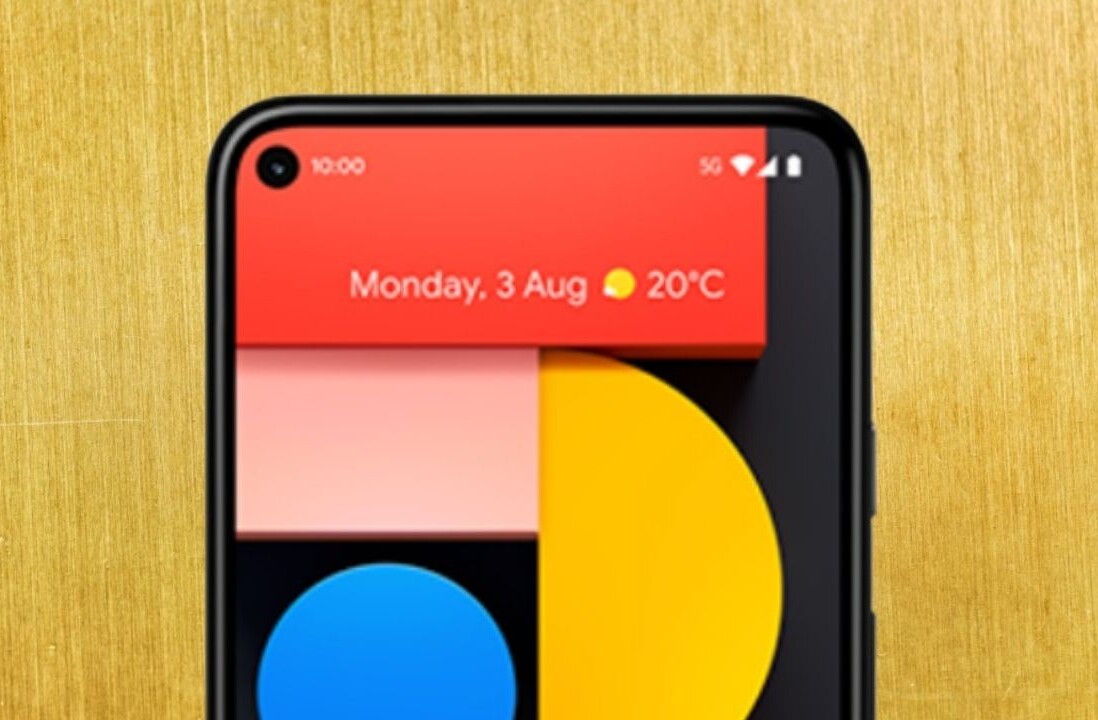
We know Android has a malware problem, but just how bad is it? Between the beginning of 2012 and the end of 2013, security firm Lookout predicts 18.4 million Android users will be infected with malware.
The latest figure comes from the company’s 2013 Mobile Threat Predictions report. The company says it uses its own “likelihood rate of infection” for October 2012 and extrapolated it across Android’s expected user base for each market in 2012 as well as the expected shipment base in 2013.
In other words, Lookout wanted to get an accurate representation of the number of phones in the market based on the average two year cellphone contract. Unfortunately, the company didn’t share the total number of Android devices it expects there to be for this year and next, so it’s difficult to see how big of a problem we’re really talking about.
We can extrapolate too. In September 2012, Google Chairman Eric Schmidt revealed there are now 1.3 million Android activations a day. He also said that there are 480 million Android devices in total.
So, if we take the 15 months following this past September all the way through next December, we have 456 days to work with. Multiplying this by 1.3 million and adding the 480 million devices up until December, we can expect there to be 1.0728 billion Android devices by the end of 2013.
In other words, the 18.4 million number ends up being just 1.72 percent of the total Android user base. Furthermore, that number is assuming Android activations don’t keep accelerating, which is very unlikely. In short, we can say that for the years 2012 and 2013, some 1 percent of Android users will be infected, according to data from Lookout and Google.
If you want to make sure you’re not part of that 1 percent, Lookout offered the following tips to stay safe on your mobile device:
- Avoid toll fraud, regularly check your phone bill: Always review your monthly phone bill statements for suspicious charges. Contact your carrier if you identify something you believe to be fraud.
- Double- check URLs on your mobile: After clicking on a web link, pay close attention to the address to make sure it matches the website it claims to be, especially if you are asked to enter account or login information.
- Protect your privacy, understand app permissions: Be cautious about g ranting applications access to personal information on your phone or letting the application have access to perform functions on your phone. Make sure to check the privacy settings for each app before installing it.
- Be smart about device settings: Keep network connectivity such as NFC / WiFi, or Bluetooth ‘OFF’ when not in use. Be sure to disable settings such as debug mode that can open a device up to illicit access.
- Download a security app: Download a security app that scans the apps you download for malware and spyware, helps you locate a lost or stolen device, and protects you from unsafe websites.
- Update your phone and apps: Make sure to download and install updates from your mobile operator as soon as they are available for your device. The same goes for apps, download app updates when they are available.
See also – Android malware surged in Q3? Sure, but only 0.5% came from Google Play
Image credit: Iva Villi
Get the TNW newsletter
Get the most important tech news in your inbox each week.




